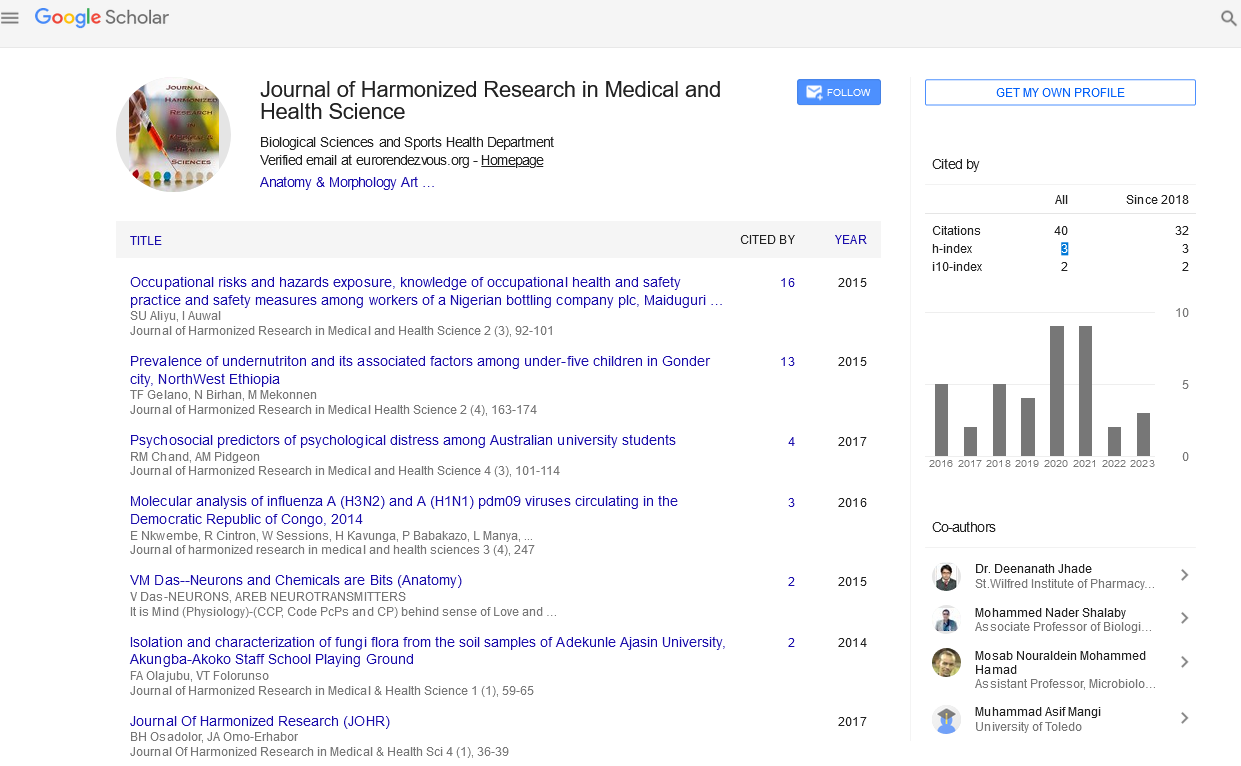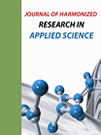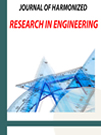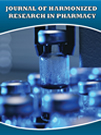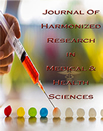ETIOLOGY, DIAGNOSIS AND THERAPY IN PATIENTS WITH BRUXISM-REVIEW ARTICLE
Abstract
Author(s): Budima Pejkovska Shahpaska, Biljana Kapushevska.
Introduction? In the dictionary of prosthetic terminology, bruxism is defined as an unconscious oral habit of rhythmical, unfunctional clenching, grinding and making chewy sounds with the teeth while making movements that are not part of the masticatory function and that lead to occlusal trauma. It has multifactorial etiology which is associated with occlusal, psychological or environmental factors or habits that can compromise the ortognatic system which leads to negative consequences. Purpose: With the help of literature data the purpose of this article is to show the occurring, the diagnosis of bruxism, its etiological factors, clinical manifestations and its therapy with occlusal inserters (splints). Material and methods: Searching the data was completed by using information on the internet on Research gate, Pub med, Science Direct, by analyzing written articles and books and student books. Key words like bruxism, etiology and symptoms, injuries on the teeth from attrition, teeth grinding, muscle articular disorder, temporomandibular disorder, occlusal splints were used. From 180 articles that were analyzed and many internet pages, 45 articles were involved in writing this review article and two textbooks that process the most contemporary aspect form this area, are cited suitably and are shown in the literature. Results: From the analyzed literature results were obtained that the main consequences from the bruxism are muscle fatigue, pain, wasting of the incisal edges and occlusal surfaces of the teeth, and in severe cases, loss of teeth, dental implants, headaches, periodontal lesions and TMD (dysfunctions of the masticatory muscles and temporomandibular joint (TMJ)). These clinical manifestations can lead to increased problems associated with oral rehabilitation and damage to the prosthetic restorations. Results that followed showed subsequent reduction of the vertical dimension of the orofacial system. All these problems negatively affect the quality of life of the patient. Results for early diagnosis and identification of the etiological factors of bruxism are important for the prevention of the disease and progression of the lesions of the orofacial structures. This prevents pain of the craniofacial muscles, allowing it to restore the structures that have been lost and changed. Thus the achievement of physiological vertical dimension is allowed. Conclusion: From all the data and results obtained from the researched literature it was found out that bruxism as a parafunctional habit is present in the modern way of living, which contributes to changes in the oral-sensory-motor system carrying complete changes in the orofacial region. For the treatment of bruxism multidisciplinary approach is inevitable, in order to prevent violations of the osteo-dental structures. Lately, its prevalence is increasing and is related to several factors such as stress, drugs, anxiety, changes in lifestyle and nutrition as well as distortion of the sleep. Therefore the therapist should be aware of its signs and symptoms, all aimed through modern diagnostic protocols and therapeutic modalities to ensure the best treatment plan of the patient. Key words: Bruxism, grinding of the teeth, pressing of the teeth, occlusal splints, TMD, TMJ, Masticatory muscles.

